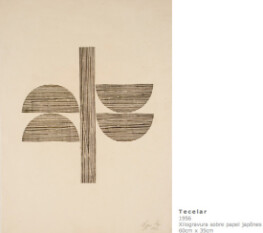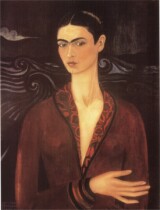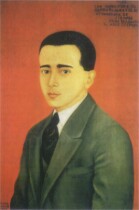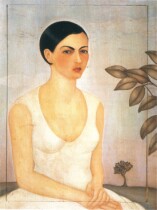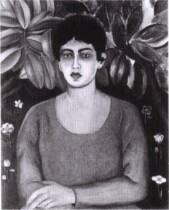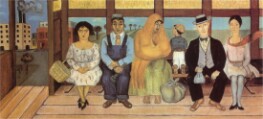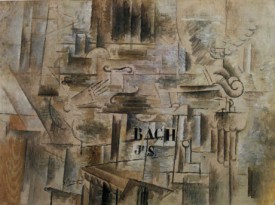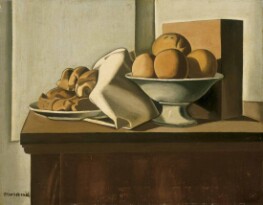The Two Fridas
Frida Kahlo's work placed Mexican art on the international stage. Her style was figurative and self-taught, with elements of the fantastical and an emphasis on her own individual, biographical perspective. Her self-referential art, now a media phenomenon, originated in the development of her portrait painting which, from early on, became her most effective device for expressing a certain unease about exploring her own personality.
In 1938, André Breton labeled Kahlo's work as surrealist, leading to The Two Fridas being exhibited at the International Exhibition of Surrealism, organized by the Gallery of Mexican Art in 1940. This double self-portrait is one of Kahlo's most recognized compositions and is symbolic of the artist's emotional pain experienced during her divorce from Rivera. On the left, the artist is shown in modern European attire, wearing the costume from her marriage to Rivera. Throughout their marriage, given Rivera's strong nationalism, Kahlo became increasingly interested in Indigenism and began to explore traditional Mexican costume, which she wears in the portrait on the right. It is the Mexican Kahlo that holds a locket with an image of Rivera. The stormy sky in the background, and the artist's bleeding heart - a fundamental symbol of Catholicism and also symbolic of Aztec ritual sacrifice - accentuate Kahlo's personal tribulation and physical pain.
Symbolic elements frequently possess multiple layers of meaning in Kahlo's pictures; the recurrent theme of blood represents both metaphysical and physical suffering, gesturing also to the artist's ambivalent attitude toward accepted notions of womanhood and fertility. Although both women have their hearts exposed, the woman in the white European outfit also seems to have had her heart dissected and the artery that runs from this heart is cut and bleeding. The artery that runs from the heart of her Tehuana-costumed self remains intact because it is connected to the miniature photograph of Diego as a child. Whereas Kahlo's heart in the Mexican dress remains sustained, the European Kahlo, disconnected from her beloved Diego, bleeds profusely onto her dress. As well as being one of the artist's most famous works, this is also her largest canvas.

